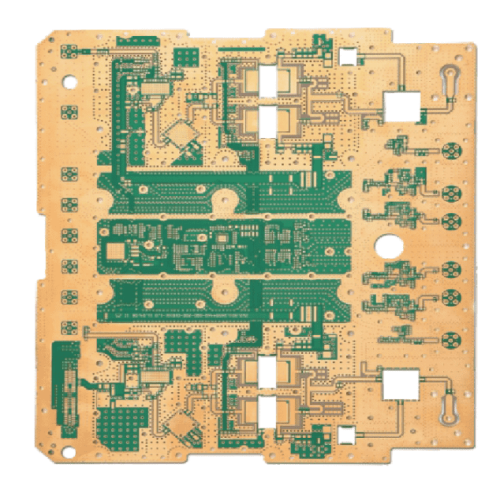What is the interconnection method of PCB circuit boards?
The interconnection method of the printed circuit board is a very critical aspect of the printed circuit board manufacturing process. The method used to interconnect components on a printed circuit board significantly affects the overall reliability, efficiency and durability of the board. In this article, we will explore various interconnection methods for PCBs, their advantages and disadvantages.
Through hole interconnect method:
One of the earliest and most common methods of interconnecting PCBs is the through-hole method. Through-hole interconnection involves drilling holes in the PCB where components or leads are inserted, and soldering on both sides of the board. This method provides a very stable and strong connection, which makes it ideal for high power applications where components generate a lot of heat. Due to its simplicity and reliability, through-hole technology is still widely used today in many different applications.
Surface Mount Interconnect Method:
The surface mount interconnection method is another common method for interconnecting PCB components. This method involves mounting components directly onto the surface of the PCB without drilling holes. One advantage of surface mount technology (SMT) is that small component sizes can be used, allowing for higher component densities and smaller board sizes. SMT components are faster and easier to assemble, which means they are ideal for mass production. However, SMT also has some disadvantages. One of the biggest challenges is the heat generated during pcb assembly, which can damage sensitive components. In addition, the lack of through holes makes repair or replacement of surface mount components difficult.
Ball Grid Array (BGA) Interconnect Method:
Ball Grid Array (BGA) is another surface mount interconnect technology. BGA involves soldering components with a grid array of small balls located beneath the components rather than on the surface. This approach is used in many advanced electronic applications due to its high reliability, fast performance, and low-profile design. However, BGAs also require specialized equipment for assembly and rework. Additionally, due to the small size of the components, inspection and testing can be extremely challenging, resulting in high failure rates and increased costs.

Send PCB Files to Sales@ucreatepcba.com, We Will Quote You Very Soon!



